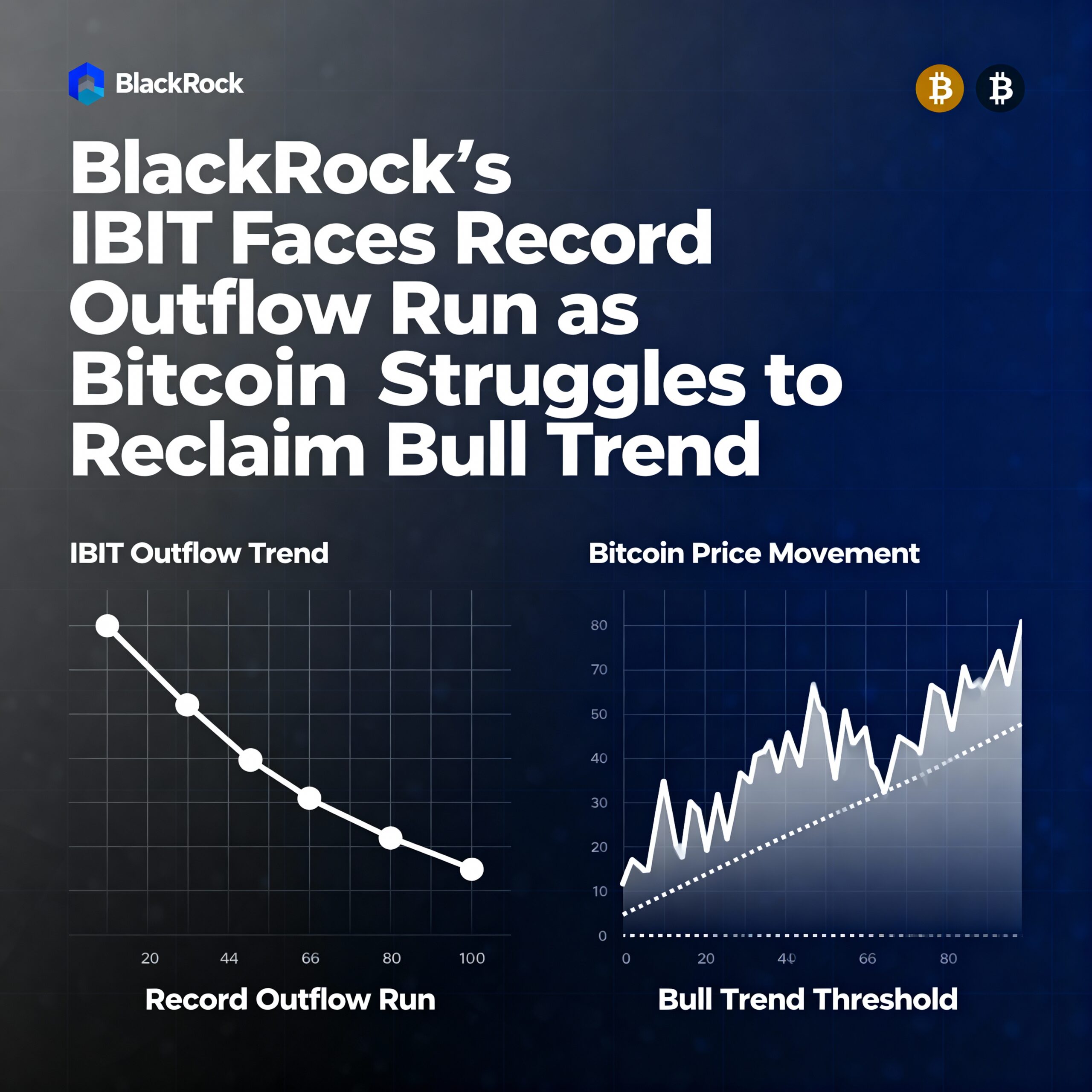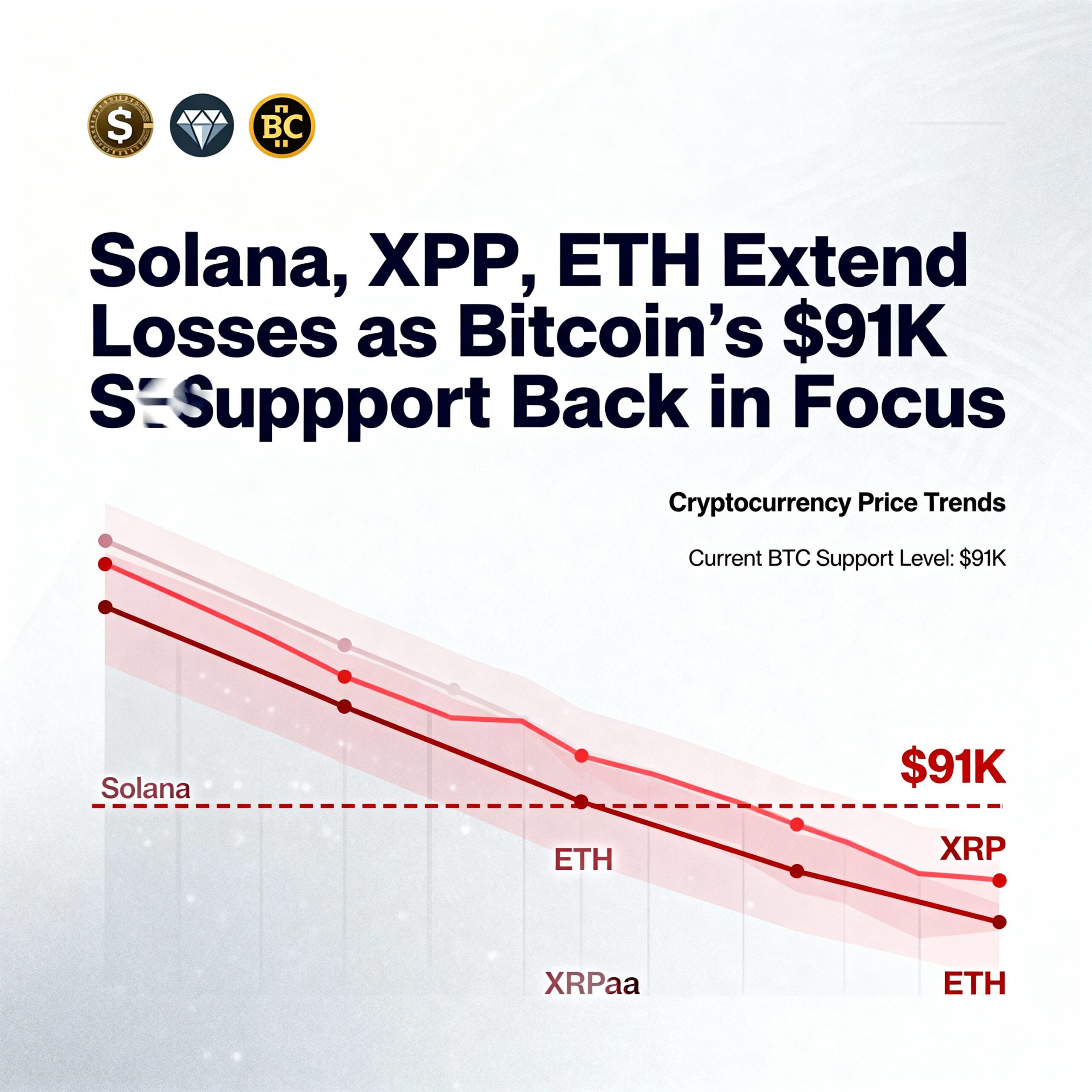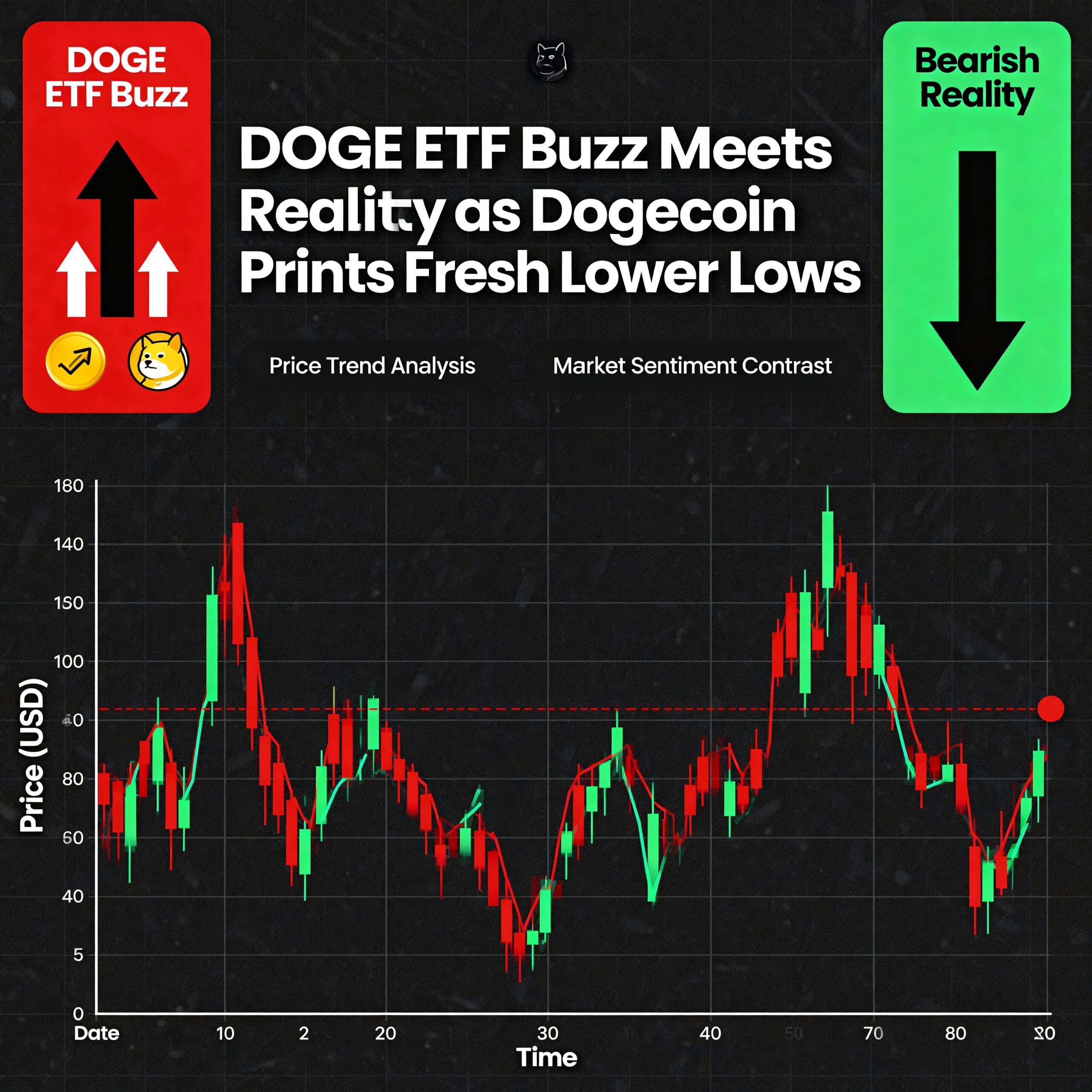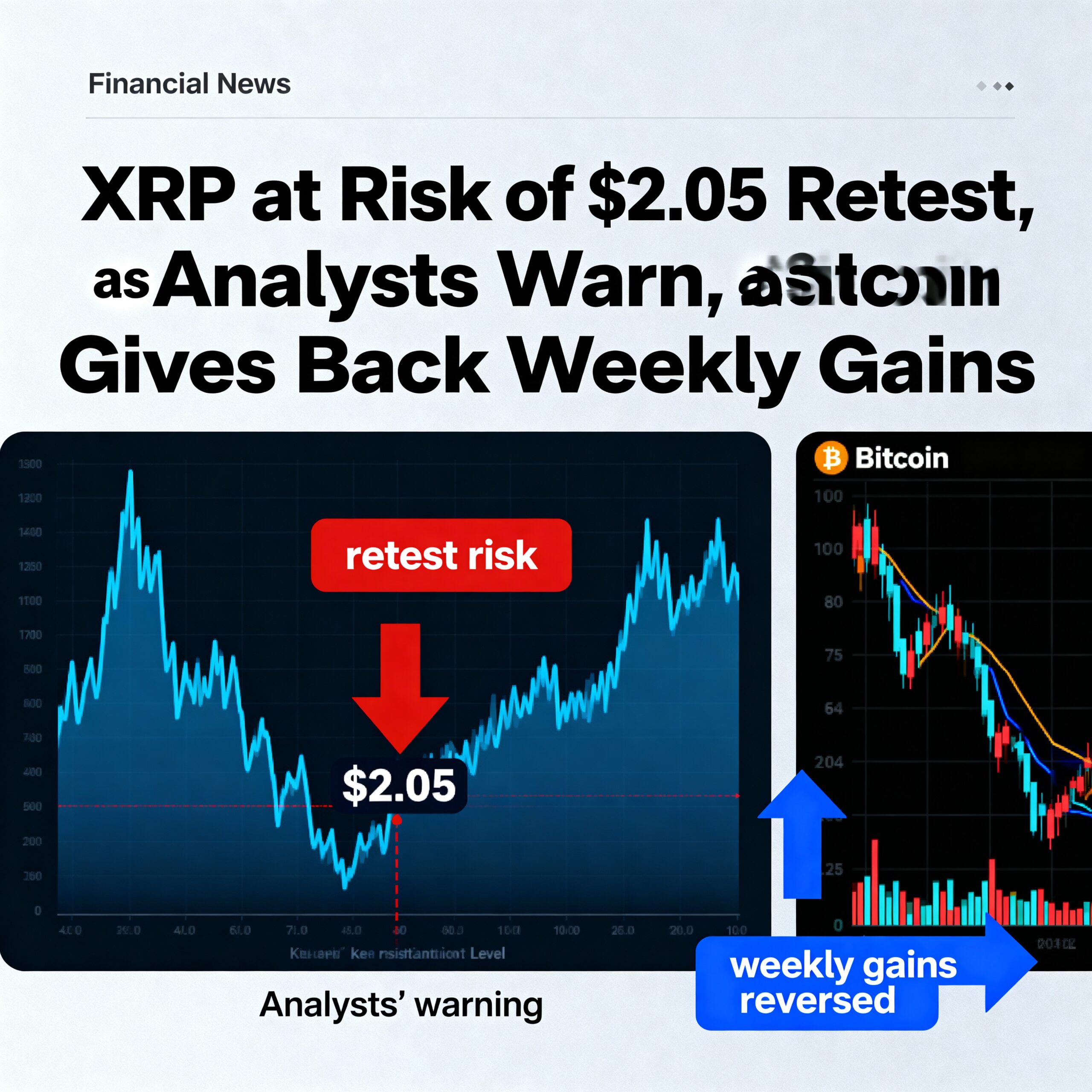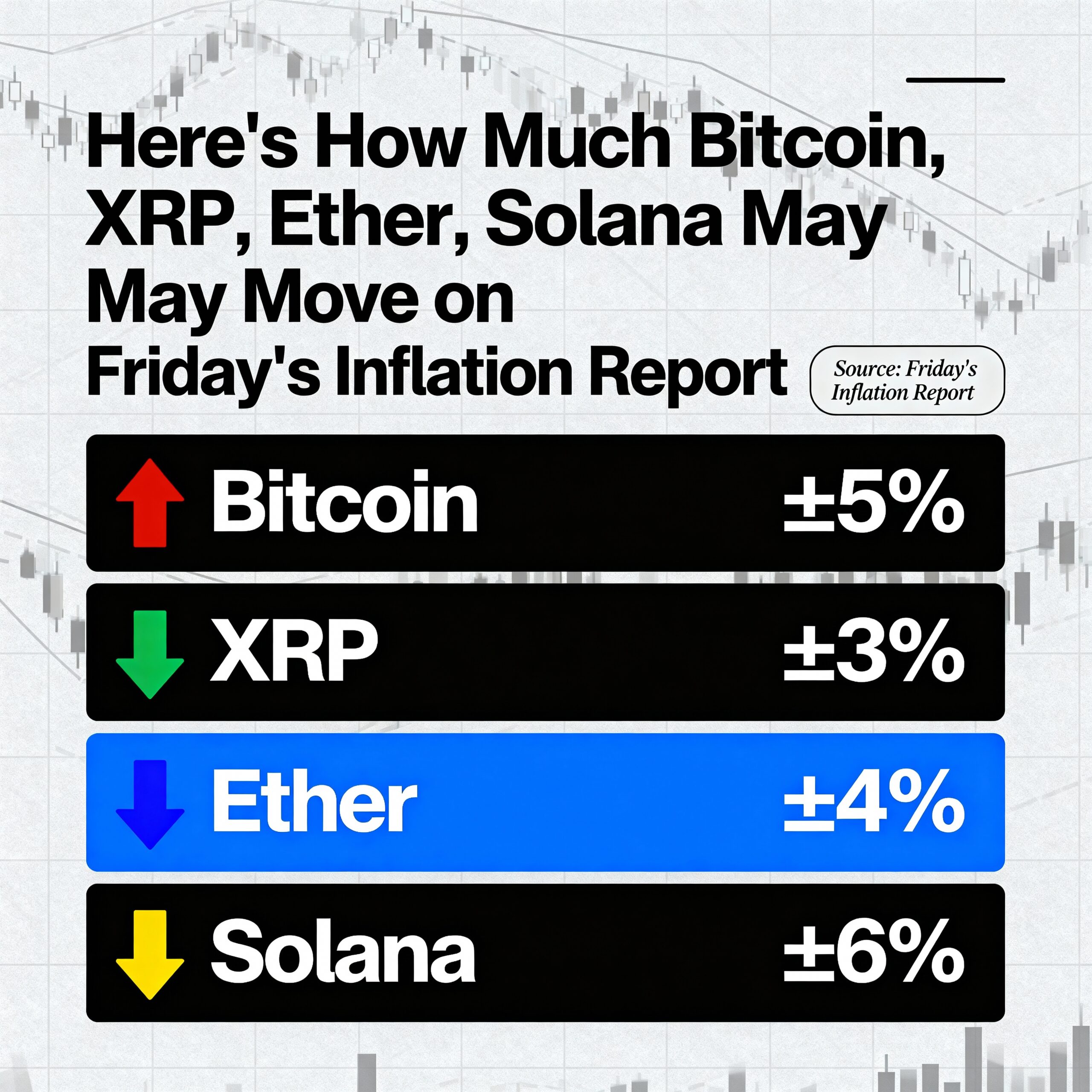
Stablecoins Soar to $314B as Regulation and Institutional Adoption Drive Growth
The stablecoin market continues its rapid ascent, with total capitalization surpassing $314 billion, led by Tether’s USDT and Circle’s USDC, according to Canaccord Genuity.
Regulatory developments, including the GENIUS Act, have elevated compliant stablecoins such as USDC to cash-equivalent status under U.S. law, a move Canaccord says is boosting both confidence and momentum in the sector. Analysts, led by Joseph Vafi, noted that this clarity strengthens the case for stablecoins to become the “money layer” of the internet.
Stablecoins—cryptocurrencies pegged to assets like the U.S. dollar or gold—play a central role in crypto markets as payment infrastructure and for cross-border money transfers. Despite their growth, Canaccord highlights that the market remains underpenetrated relative to the U.S. M2 money supply, leaving room for further expansion through 2026 as new entrants and use cases emerge beyond traditional crypto trading.
Competition Heats Up
The market is becoming increasingly competitive as major financial institutions outline stablecoin strategies. Tether, the market leader with nearly 70% share, plans to launch a U.S.-regulated stablecoin, USAT, by the end of 2025 and is seeking $15–20 billion to support expansion.
Other institutions are looking to challenge Tether’s dominance. Citigroup is reportedly exploring its own stablecoin initiative, while Visa announced a stablecoin pilot slated for April 2026. At the same time, USDC circulation is growing faster than expected, signaling intensifying competition in the sector.
Broader Implications for Crypto
While stablecoins are not directly tied to bitcoin (BTC $106,718.30), their adoption is expected to catalyze growth across the broader crypto economy. As stablecoins integrate further into global payments and settlement systems, they can accelerate investment in digital wallets, custody solutions, and next-generation DeFi applications.
This creates a reinforcing loop: as stablecoins become more embedded in the financial system, they strengthen the infrastructure supporting the wider cryptocurrency ecosystem, Canaccord said, highlighting their critical role in the ongoing development of digital finance.

